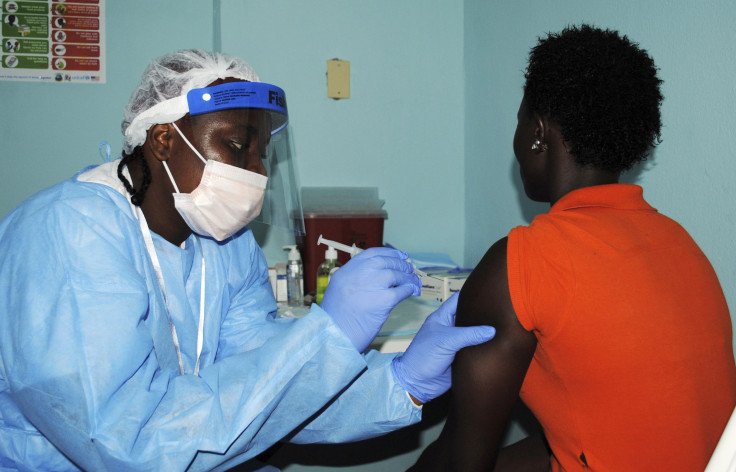Chinese Drug Effective In Treating Ebola

A drug derived from a Chinese medicinal herb is showing promise in fighting Ebola infection, a study has shown. The researchers said the compound, called tetrandrine, blocked infection of human white blood cells in lab dishes and prevented Ebola virus disease in lab mice.
According to Reuters, tetrandrine is derived from the root of a medicinal herb, Stephania tetrandra. It also lowers blood pressure.
There is no approved drug treatment or vaccine for the Ebola virus, which causes hemorrhagic fever and spreads from person to person through contact with body fluids. So far, there have been more than 9,400 deaths since the Ebola outbreak began in 2014 in Liberia, Sierra Leone and Guinea.
The study’s lead author, Robert Davey of Texas Biomedical Research Institute, working with colleagues from Munich, Germany and Southwest Research Institute, found tetrandrine is the most potent blocker of TPCs in mice. This approach potentially could be used to treat people in two to five years.
Tetrandrine has not been tested in a macaque model, the "gold standard" for Ebola drug-efficacy testing, and it's not approved for use in humans, except in China. According to a report in Xinhua, the dose given to mice may be toxic when its equivalent is used in humans. However, the study noted that starting tetrandrine treatment soon after infection significantly enhanced the survival of mice without any detectable side effects. When the treatment was started one day after the virus challenge, half the mice survived.
To successfully infect a cell, the virus needs to be transported deep within it to break out of the bubble-like intracellular transport structures called endosomes that carry the virus within the cell. The researchers identified channels that are important in controlling the movement of the endosomes within cells. These are known as two-pore channels. The study showed that tetrandrine blocked these channels, effectively imprisoning the virus inside the endosomes so it could not actually infect the cell. The virus is then detoured to be destroyed.
To contact the writer, email: sonali.raj@gmail.com





















